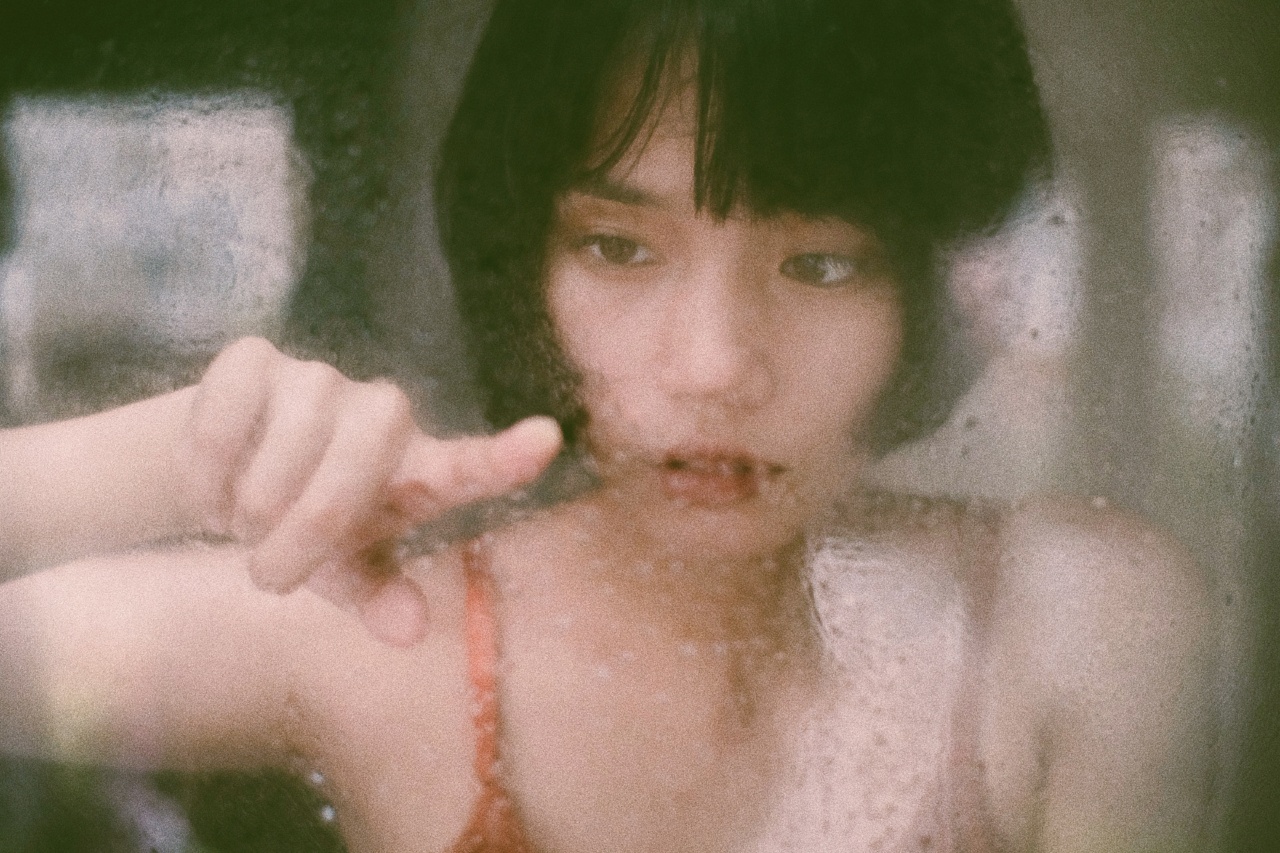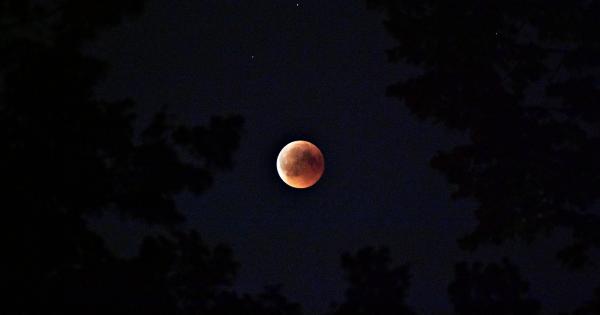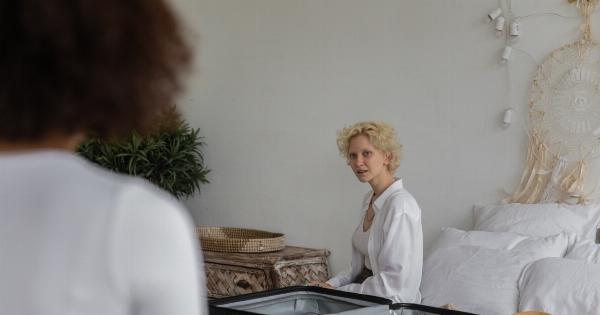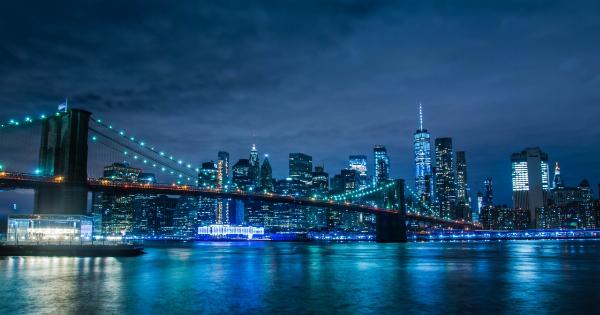Artificial light has become an inseparable part of modern life. From fluorescent bulbs to LED screens, we are constantly surrounded by artificial light sources, often without even realizing it.
While artificial light has undoubtedly made our lives more convenient and productive, research suggests that it may have adverse effects on our mental health. In fact, recent studies have linked prolonged exposure to artificial light to an increased risk of depression.
In this article, we will delve into the relationship between artificial light and depression and explore the potential mechanisms through which artificial light can trigger depressive symptoms.
The Impact of Artificial Light on Circadian Rhythm
Our bodies have evolved to function according to a natural pattern of light and darkness, known as the circadian rhythm. This internal clock regulates various physiological processes, including sleep-wake cycles, hormone production, and mood regulation.
Exposure to artificial light, particularly during the evening and night, can disrupt the natural circadian rhythm, leading to a host of negative effects on mental health.
Blue Light and Melatonin Suppression
One of the main culprits behind the negative impact of artificial light on mental health is blue light. Blue light has a relatively short wavelength and is emitted by many artificial light sources, such as LED lights and electronic devices.
When exposed to blue light, our eyes send signals to the brain that inhibit the release of melatonin, a hormone that regulates sleep and promotes a sense of well-being. As a result, the suppression of melatonin due to excessive exposure to artificial light can disrupt sleep patterns and contribute to the development of depressive symptoms.
Disruption of Sleep Patterns and Depressive Symptoms
Sleep plays a crucial role in maintaining our mental health and well-being. However, the prevalence of artificial light has significantly affected our sleep patterns.
Exposure to bright artificial light during the evening and night can delay the onset of sleep and reduce its overall quality. In turn, inadequate or disrupted sleep can contribute to the development of depression.
Studies have found that individuals who are exposed to excessive artificial light at night are more likely to experience depressive symptoms and have an increased risk of developing clinical depression.
Social Jetlag and Decreased Sunlight Exposure
Artificial light not only disrupts our sleep patterns but also affects our exposure to natural sunlight. Sunlight is a vital source of vitamin D, which plays a crucial role in mood regulation.
However, excessive exposure to artificial light, especially during the evening and night, can lead to what is known as “social jetlag.” Social jetlag refers to the misalignment between an individual’s circadian rhythm and their social obligations, such as school or work schedules. This misalignment can reduce the time spent outdoors during daylight hours, thereby decreasing exposure to sunlight and negatively impacting mood.
Increased Stress and Mood Dysregulation
The constant exposure to artificial light, especially in high-stress environments like workplaces, can contribute to increased stress levels.
Chronic exposure to artificial light can lead to a state of constant alertness and overstimulation, making it difficult for individuals to relax and unwind. Prolonged stress and mood dysregulation can significantly increase the risk of developing depression.
The Role of Artificial Light in Seasonal Affective Disorder
Seasonal Affective Disorder (SAD) is a type of depression that occurs during specific seasons, typically during winter when natural light levels are lower.
While the exact cause of SAD is not fully understood, researchers believe that the reduction in natural light exposure is a crucial factor. Artificial light therapy, such as lightboxes, is a commonly prescribed treatment for SAD.
However, excessive exposure to artificial light, particularly the wrong type of light, can exacerbate symptoms of SAD or contribute to similar depressive symptoms outside of the typical SAD season.
Reducing the Negative Effects of Artificial Light
While it may be challenging to completely avoid artificial light in today’s world, there are steps you can take to reduce its negative impact on your mental health:.
1. Limit the use of electronic devices before bed:
Avoid using smartphones, tablets, and computers for at least one hour before bedtime to minimize exposure to blue light and promote better sleep.
2. Use blue light filters:
Utilize blue light filters or glasses that block blue light when using electronic devices or exposed to bright artificial light sources during the evening or night.
3. Opt for warm light:
Choose warm-colored light bulbs for your home, especially in the bedroom. Warm light has a higher proportion of red and orange wavelengths, which are less likely to disrupt melatonin production.
4. Increase natural light exposure:
Spend time outside during daylight hours, particularly in the morning. If possible, arrange your living and workspace near windows to maximize natural light exposure.
5. Prioritize sleep:
Establish a consistent sleep routine and create a sleep-friendly environment by keeping your bedroom dark, cool, and quiet. This will help regulate your circadian rhythm and promote healthier sleep patterns.
Conclusion
Artificial light has undoubtedly enhanced our lives in numerous ways, but it also poses risks to our mental health.
Prolonged exposure to artificial light, particularly blue light, can disrupt our circadian rhythm, suppress melatonin production, disrupt sleep patterns, and contribute to the development of depressive symptoms. Additionally, decreased exposure to natural sunlight due to excessive artificial light can further exacerbate these issues.
By being mindful of our light environment and taking steps to mitigate its negative effects, we can prioritize our mental well-being amidst the ever-present glow of artificial light.




























